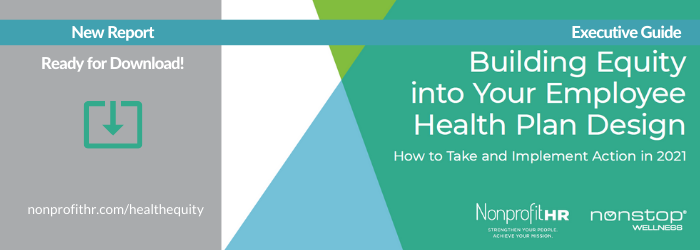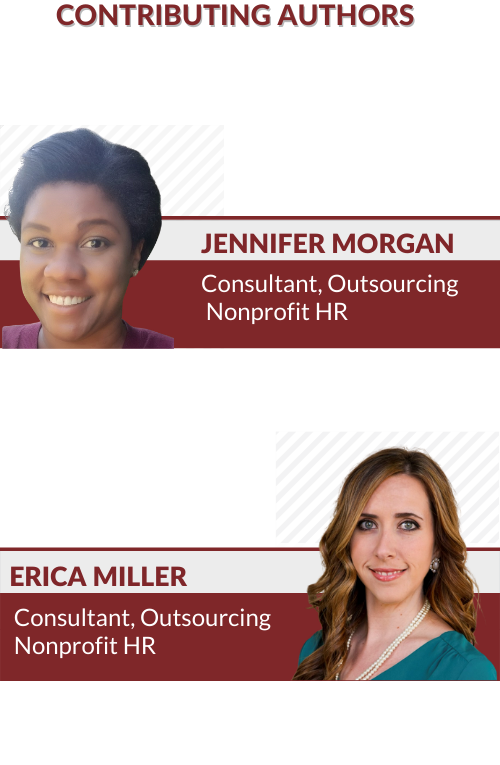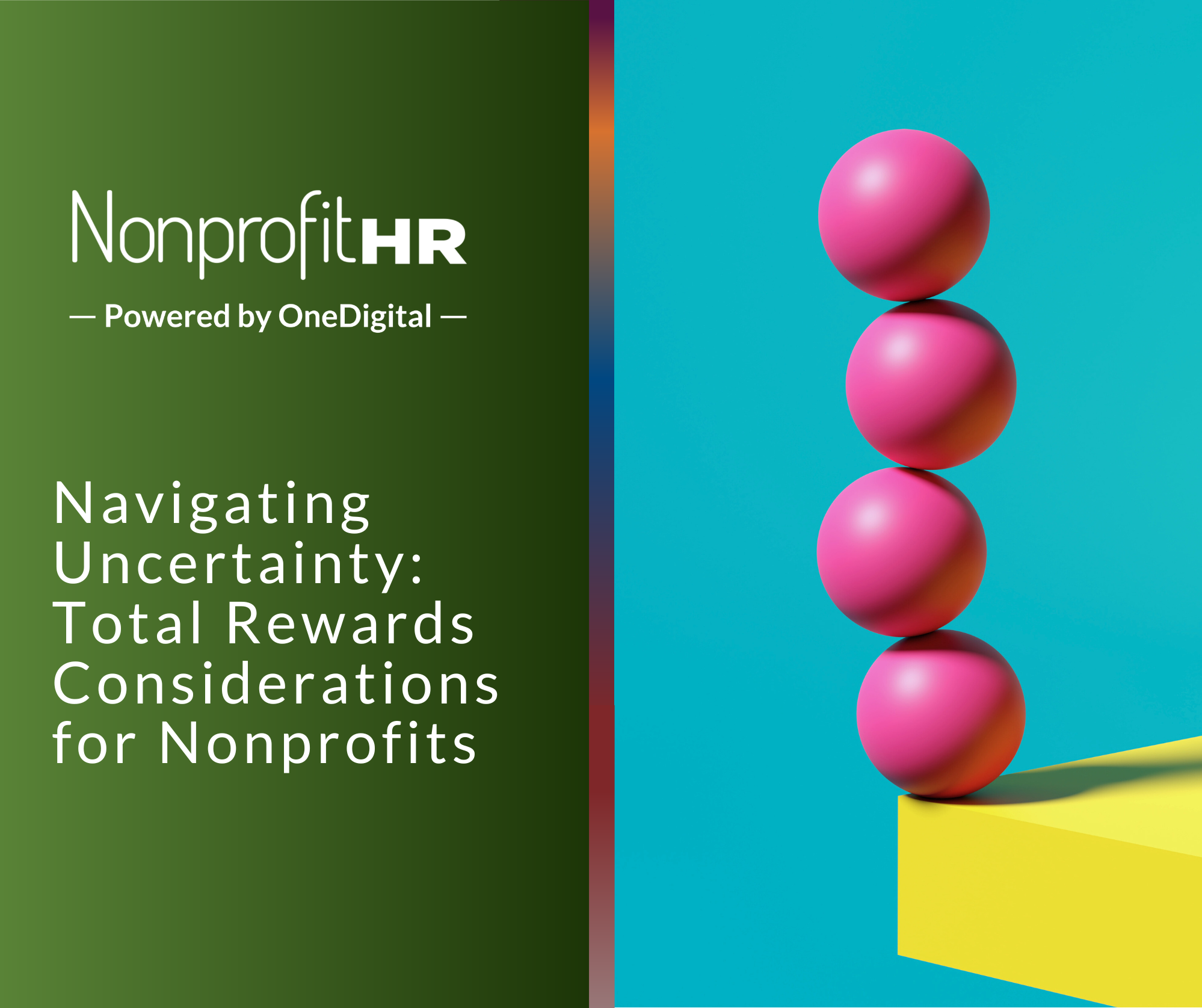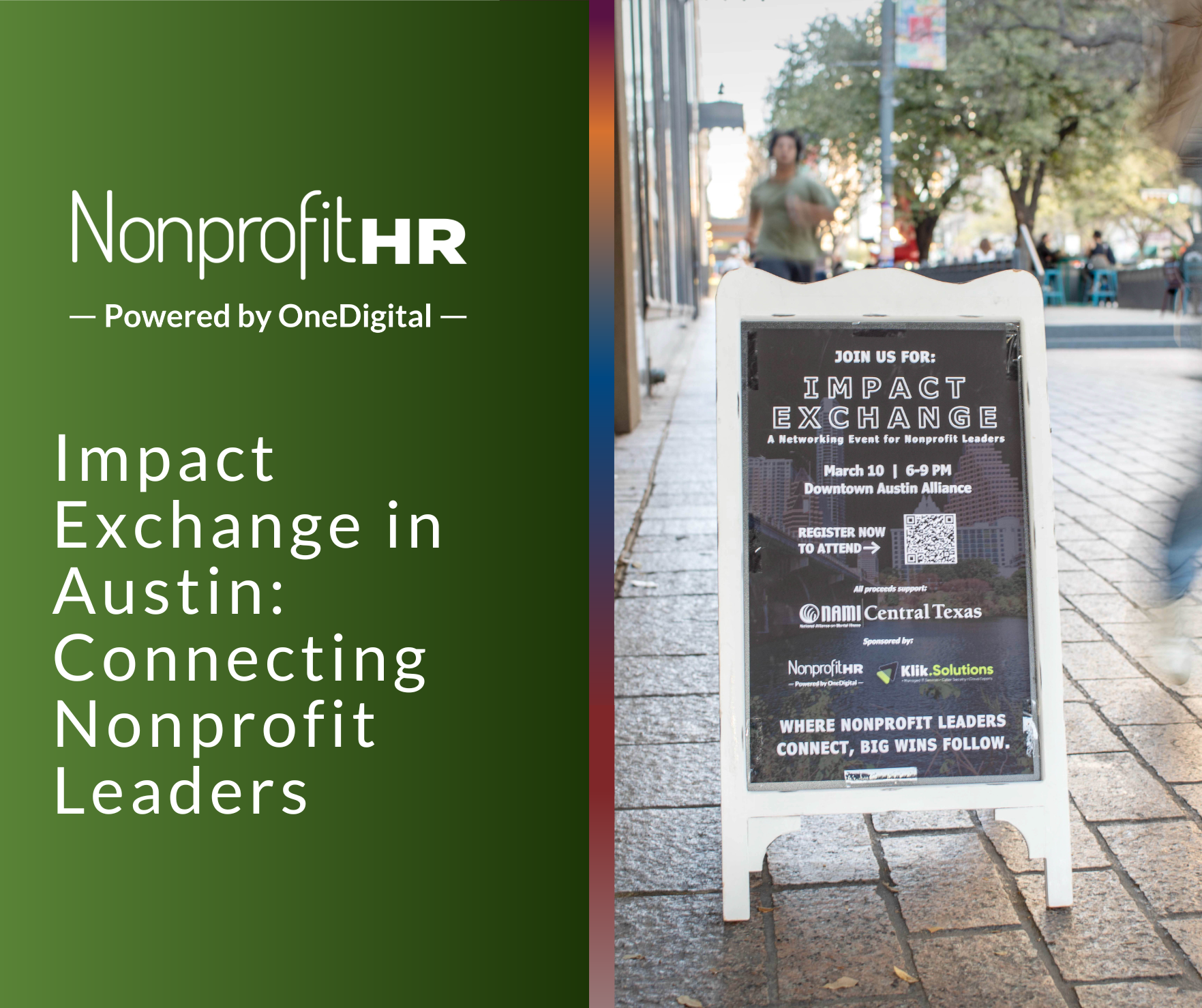WTOP: 5 ways nonprofits can…
In the past, the breadth of many employer wellness programs was the Employee Assistance Program (EAP). However, since the onset of the COVID-19 pandemic, organizations are now making an effort to craft more holistic approaches to employee wellness and to support their employees’ mental health. While there have been several negative impacts of the pandemic, one of the positives is a lessening of the stigma tied to mental health challenges. Mental health awareness is on the rise in organizations because employees have now either experienced its challenges firsthand, seen family or friends struggle with it or witnessed the broader societal acceptance of it. Now employers, especially as part of their return to the workplace plans, are considering what to do next and how they can support employees beyond an EAP.
They are now starting to look for other creative ways to foster employee wellness such as; offering wellness apps or providing more balance in scheduling. Below are a few avenues employers are exploring to reduce employee stress and prevent burnout.
Encouraging employees to take PTO in order to create greater work-life balance. Studies consistently show that taking time off also results in greater productivity and better mental health. Besides providing generous PTO or instituting unlimited leave policies, employers are also aiming to create a work culture that encourages employees to actually take leave.
Looking at common points of stress and eliminating or reducing their impact. Depending on location, commuting can be stressful for some employees especially given current safety concerns around the pandemic. To help to reduce that potential stressor, employers are offering various commuter benefits or shared ride services to help reduce the time spent traveling to and from work.
Taking a close look at productivity in relation to flex and hybrid schedules. Remote work and flex schedules took center stage as responses to the COVID-19 pandemic. Now, both approaches are being considered viable ways to improve employee engagement and morale as they provide employees with a greater opportunity to tailor their work schedules to their lives.
While employers should keep a pulse on what other organizations are doing, leaders should craft wellness programs that are unique to their organizational and staff needs. First, they should ensure their wellness plan is a far-reaching one that touches all employees and one that is integrated throughout operations. Wellness programs need to be integrated into other areas of organizational processes such as onboarding, performance management and offboarding. How? During onboarding, share key information about wellness offerings to new staff to help communicate the importance of wellness to your brand. During performance management check-ins, include mental health check-ins or at least discussions of markers for stress and burnout. Use offboarding as a tool to gather information on anything that the employer needs to know regarding their approach to wellness. Exit interviews can capture key information on what gaps exist in the wellness and mental health offerings.
It is also insightful to consistently seek anonymous input from employees about what is working, what is relevant to staff and how the workforce operates (be it remote, hybrid or on-site). Organizations that implement utilization metrics can see which tools employees are using and how each wellness offering is rated as well as receive useful data that can be used for wellness program planning and decision making. Finally, organizations should take a look back at their operations to consistently reevaluate and identify opportunities to shift as needs continue to change.
It is important employers recognize that while the increased and immediate need for wellness programs may be pandemic related, wellness is an ongoing responsibility. Even when offices are fully functioning and everyone has returned to the office, the mental health and wellness responsibility will still be there. In fact, employees have become more empowered and are being much more selective about potential employers. In this new environment, many have come to expect wellness support from employers.
If your organization needs assistance with developing a wellness program that meets its unique needs, let’s connect at [email protected] to get the discussion started.
Related Blogs
 |
 |
|
Blog Authors
Jennifer Morgan, PHR
Consultant, Outsourcing
Jennifer joins Nonprofit HR as a consultant on the Outsourcing team responsible for engaging with her clients to support them in all aspects of the HR lifecycle. As an HR professional, Jennifer excels in the area of employee relations and has experience in both the oil&gas sector as well as social services. She prides herself as a committed leader who fosters a passion for strategic change and improvement. Read more
Erica Miller
Consultant, Outsourcing
Erica brings a combination of over 12 years of HR, management and nonprofit experience. As a consultant, she has specialized in onboarding, offboarding and talent management. Her passion lies in company culture. Read more


Managers — the first line of defense"
Managers should be trained on recognizing the common signs of burnout as they interact with staff more frequently than leadership and HR. They should also be trained on how to manage their employees if they are feeling overworked, recognize changes in their employees, lead effective check-ins and ask the right questions. Managers should be trained on asking questions such as; how do you feel about your workload currently? Or, what can I do to help you? If they notice that an employee seems a little more tired or is exhibiting signs of burnout, they should know how to verbalize that and follow up with a question like, can we talk about that? Most of all, managers should know how to respond to the feedback they receive, be ready to actually help and be willing to follow up those questions with action.
Excerpt: Increasing Awareness for Your Organization’s EAP is Good for Business"
Why is it beneficial for an employer to provide an EAP for their staff? Facing life’s everyday stressors can take a personal toll on individuals, even impacting work attendance and performance levels. We all face stress and manage it differently; in fact, a little stress is normal and can be positive. However, when it becomes apparent that an employee’s stressors are negatively impacting their presence and productivity, it may indicate the need for additional support. Emphasizing your organization’s EAP keeps you a step ahead.
Most EAPs can be designed to fit the needs of each organization. No two programs are exactly the same, neither are they a one-size-fits-all benefit. EAP services are available to employees and their immediate family members. Employers can provide the EAP’s access information, whether communicating it directly to the individual in need or to the entire team on a regular basis. From there, staff can decide whether they’ll utilize the benefit. With the exception of life-threatening concerns or legal matters, all EAP requests are handled confidentially; and employers will not be notified of when or how their staff received support. When an employer’s team is educated about their EAP benefit, staff can feel cared for and supported by management. This one program can be a part of a positive internal culture shift.
For more information on improving your EAP program, see Reintroducing Your Employee Assistance Program.





























